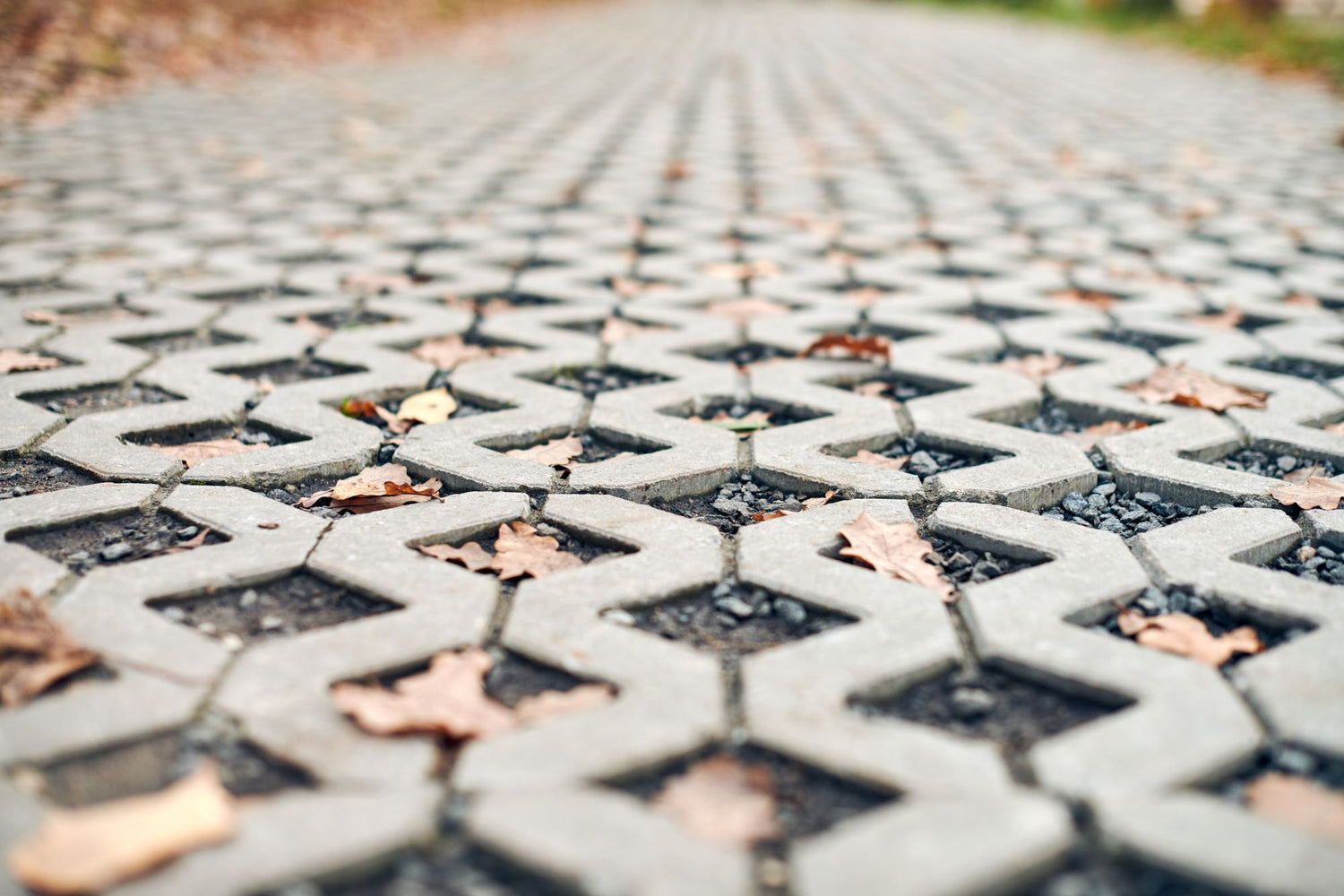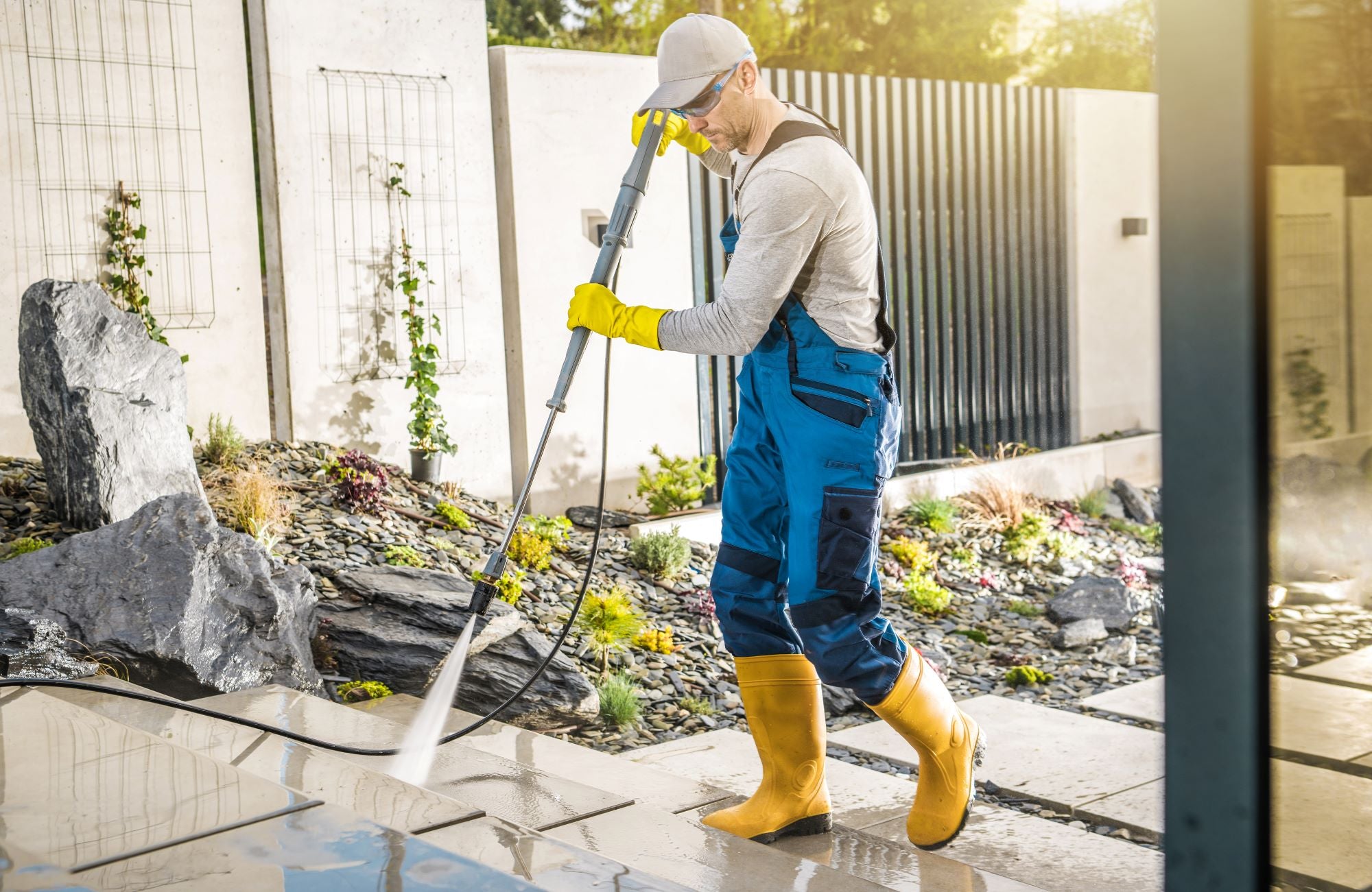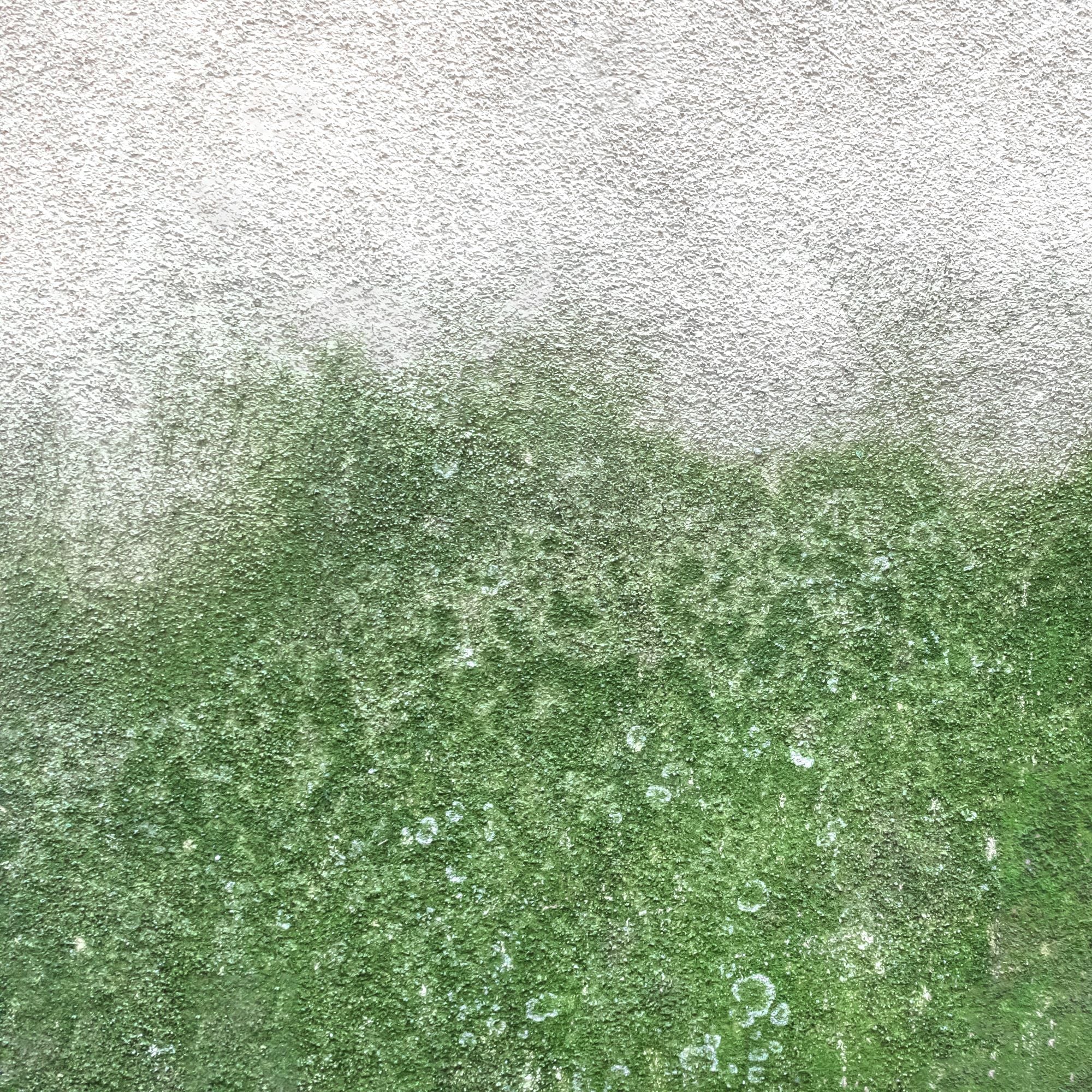Pavers are a beautiful addition to any outdoor space, offering durability and aesthetic appeal. However, maintaining their look and longevity requires regular cleaning. This guide will walk you through the process of effectively cleaning pavers, ensuring they remain a standout feature of your home.
Understanding Your Paver Material
Before diving into the cleaning process, it’s crucial to identify the type of pavers you have. Pavers can be made from materials such as concrete, brick, stone, or porcelain, each with specific care requirements:
- Concrete Pavers: These are durable but can stain easily.
- Brick Pavers: Porous and prone to moss and mildew.
- Natural Stone Pavers: Materials like limestone and granite require gentle cleaning solutions to avoid surface damage.
- Porcelain Pavers: These are less porous and generally easier to maintain but still need regular cleaning to prevent staining.
Knowing your paver type helps in selecting the right cleaning methods and products.
Step-by-Step Guide to Cleaning Pavers
- Preparation: Clear the Area
- Remove any furniture, plants, or decor from the surface to be cleaned. This prevents damage to your items and allows for thorough cleaning.
- Sweep the area to remove loose dirt and debris, which could scratch the pavers during cleaning.
- Initial Rinse
- Use a garden hose to rinse off the pavers, removing surface-level dirt. This step helps loosen grime and makes the cleaning process more effective.
- Apply Cleaning Solution
- For general cleaning, a solution of warm water and mild dish detergent can be sufficient. Mix it in a bucket and apply it to the pavers.
- For tougher stains, consider using a paver-specific cleaner. Allow the solution to sit for 5-10 minutes to break down the grime.
- Scrub the Pavers
- Using a stiff-bristled brush, scrub the pavers to remove dirt and stains. Focus on areas with visible stains or moss.
- Avoid using wire brushes as they can scratch the surface of the pavers, especially if they are made from softer materials like limestone.
- Rinse Thoroughly
- After scrubbing, rinse the pavers thoroughly with a garden hose. Ensure all cleaning solutions and loosened dirt are washed away.
- If you choose to use a pressure washer, keep the pressure at a moderate level (around 1500 PSI) to avoid damaging the pavers.
- Re-sand the Joints (if applicable)
- If your pavers have sand-filled joints, you may need to refill them after cleaning. Use polymeric sand, which hardens when wet, to help prevent weed growth and stabilise the pavers.
- Dry and Inspect
- Allow the pavers to air dry completely. Once dry, inspect the surface for any missed spots and touch up as necessary.
Long-Term Maintenance Tips
- Regular Cleaning
- Regularly sweep your pavers to remove dirt and debris. A quick rinse every few weeks can prevent the buildup of grime and reduce the need for deep cleaning.
- Seal Your Pavers
- Consider applying a sealer to protect the pavers from stains and weather damage. Sealing also enhances the colour and longevity of the pavers.
- Immediate Stain Treatment
- Address spills and stains as soon as they occur. The quicker you act, the easier it is to remove the stain.
- Avoid Harsh Chemicals
- Steer clear of acidic cleaners like vinegar on materials such as limestone, which can be damaged by acids. Instead, use paver-specific cleaning solutions that are designed to be gentle on the material.
Cleaning pavers may seem daunting, but with the right approach and tools, it’s a manageable task that can significantly enhance the appearance and longevity of your outdoor space. By understanding your paver material and following the steps outlined above, you can keep your pavers looking pristine and extend their lifespan.
Whether you’re dealing with everyday dirt or stubborn stains, a clean and well-maintained paver surface will continue to add value and beauty to your home for years to come.




Leave a comment
This site is protected by hCaptcha and the hCaptcha Privacy Policy and Terms of Service apply.